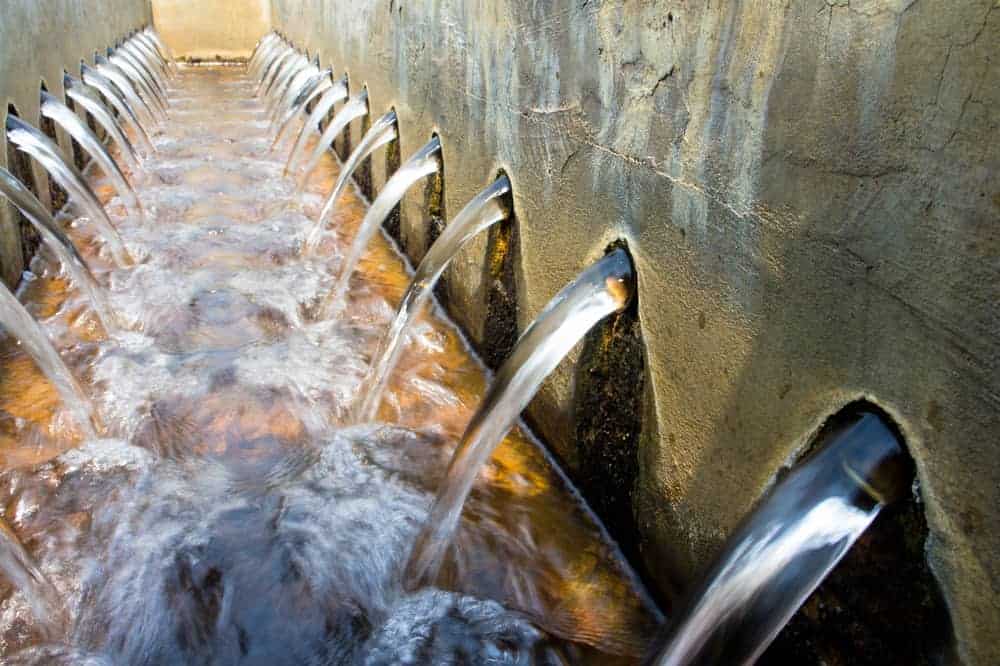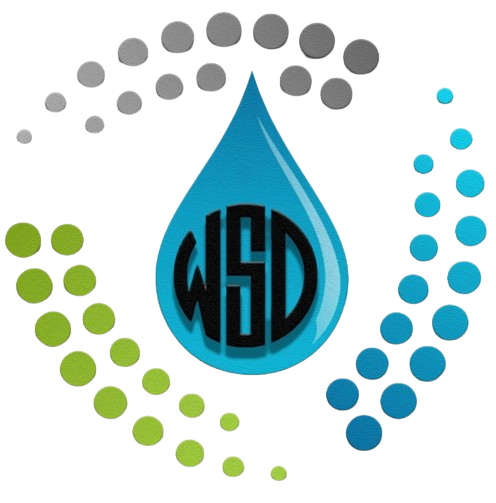Sewerage

Collection System: The collection system consists of a network of pipes, known as sewers, that collect wastewater (from toilets, sinks, showers, etc.) and stormwater runoff from homes, businesses, and streets. Sewers transport the wastewater to treatment facilities for processing.
Gravity Sewers: Gravity sewers rely on the natural force of gravity to convey wastewater downhill from higher elevations to lower elevations, typically towards treatment plants or pumping stations. These sewers are cost-effective and require minimal maintenance but may not be suitable for areas with flat terrain or high groundwater tables.
Force Mains: In areas where gravity flow is not feasible, force mains are used to pump wastewater under pressure to overcome elevation differences. Force mains are pressurized pipelines that transport wastewater to treatment facilities or lift stations for further processing.
Combined Sewer Systems: Some older cities have combined sewer systems that collect both wastewater and stormwater runoff in the same pipe network. During dry weather, the combined wastewater is conveyed to treatment plants. However, during heavy rainfall or snowmelt, the system may become overloaded, leading to combined sewer overflows (CSOs) that discharge untreated sewage into water bodies.
Separate Sewer Systems: In newer developments, separate sewer systems are often used to keep wastewater and stormwater separate. Separate sewers convey wastewater to treatment plants and stormwater to natural water bodies or retention ponds, reducing the risk of pollution and overflows.
Treatment Plants: Wastewater treatment plants receive and treat wastewater to remove contaminants, pathogens, and pollutants before discharge into the environment. Treatment processes may include screening, settling, biological treatment (e.g., activated sludge), filtration, disinfection (e.g., chlorination), and nutrient removal.
Pumping Stations: Pumping stations are used to lift wastewater from lower elevations to higher elevations when gravity flow is not possible. These stations contain pumps, motors, and controls that convey wastewater through force mains to treatment facilities.
Maintenance and Operation: Regular maintenance and operation of sewerage systems are essential to ensure their proper functioning and prevent blockages, leaks, and overflows. Maintenance activities may include cleaning, inspecting, repairing, and upgrading sewer infrastructure as needed.
Regulatory Compliance: Sewerage systems must comply with local, state, and federal regulations regarding wastewater discharge, water quality standards, and environmental protection. Regulatory agencies may require permits, monitoring, and reporting to ensure compliance with applicable laws and regulations.
1. Sustainable Practices: Increasingly, sewerage systems are incorporating sustainable practices such as green infrastructure (e.g., rain gardens, permeable pavement) to manage stormwater runoff, reduce pollution, and enhance environmental sustainability.
